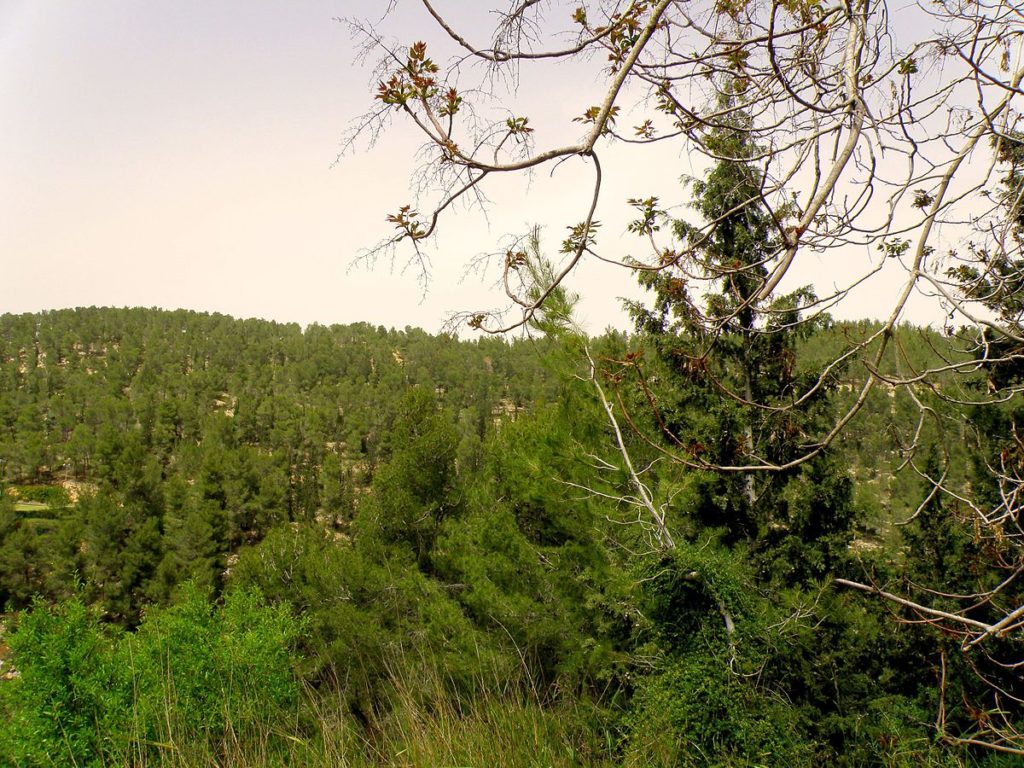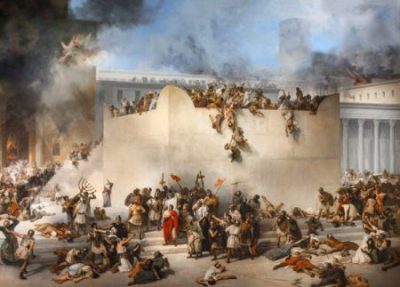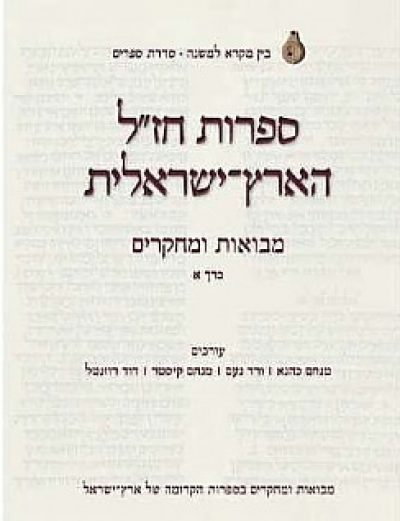In the eleventh month of the year, Shevat, there is a very minor festival, the meaning of which was enhanced in the State of Israel in the 20th century. The origin of the date—again, the full moon, as Tu means “the 15th day”—is Mishnaic. The fifteenth of Shevatis considered “the New Year of trees.” This is actually a very technical point, connected with computing the “age” of trees for tithing purposes. It is considered to mark the time when most of the winter rains are over, and we’re beginning to look forward to the spring. One of the popular songs sung on this day is “The almond tree is in blossom…” But throughout the centuries, Jews all over the world celebrated Tu Bishevat by eating dried fruit from the Land of Israel and remembering their special connection to the land. The mystics, from the 16th century on, developed a special kind of Seder service for Tu Bishevat (see: Pesach)
The early Zionist pioneers in the 20th century added another feature to the day: they went out into the fields and planted trees. Today, it is celebrated as a minor feast, mostly by schoolchildren, many of whom do go out and plant saplings on this day. It is now part of a whole week of celebration, sponsored in Israel by the Society for the Protection of Nature, to encourage ecological awareness.







